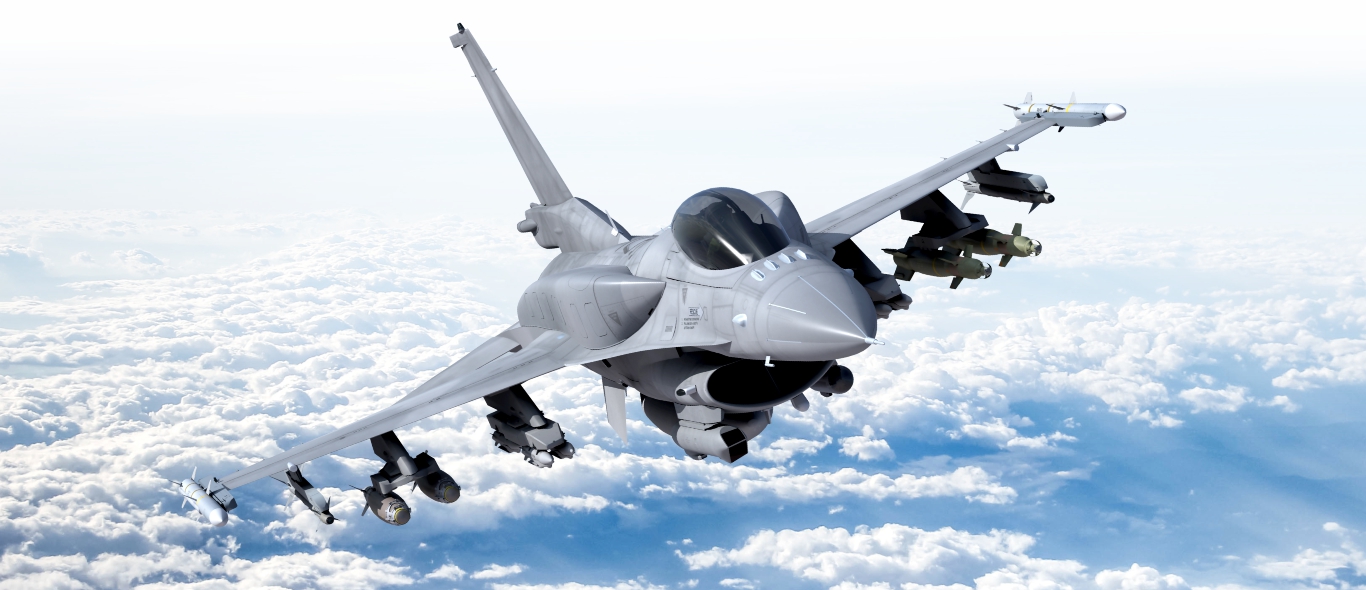SOURCE: AFI


The United States is keen on securing India’s Medium Multi-Role Fighter Aircraft (MRFA) tender, which aims to procure 114 fighter jets for the Indian Air Force (IAF). However, the US is offering older jets like the F-16, rebranded as the F-21, raising concerns about whether these platforms are adequate for India’s evolving defense needs. The primary motivation behind offering these jets is to establish a strategic foothold in India’s defense market, allowing for potential future collaborations and partnerships in advanced defense technologies.
Lockheed Martin’s F-21 is essentially an upgraded variant of the F-16, a platform that has been in service since the 1970s. Despite various modernizations, some experts argue that the F-16’s basic design is outdated compared to newer jets being offered in the MRFA tender. Competing jets include the French Rafale, Boeing’s F/A-18 Super Hornet, Eurofighter Typhoon, Russian MiG-35, and Sweden’s Saab Gripen.
According to Lockheed’s video of the F-21, the F-21 has many upgrades over the F-16 fighter jets currently in production. The F-21 would have 40% more air-to-air weapons carriage, a greater range, and longer loitering persistence. It would be the only fighter able to perform probe/drogue and boom aerial refueling, and it would be configured with the latest sensors and mission avionics. It would be altogether more survivable than the F-16.
However, the F-21 is marketed as a cost-effective and customisable option for India. Lockheed Martin has promised that the F-21 will be tailored to IAF’s specific requirements, offering features like enhanced avionics, advanced radar systems, and longer operational ranges. The US government and Lockheed Martin have also emphasised that choosing the F-21 could open doors for greater technology sharing and co-production opportunities under the “Make in India” initiative.
One of the main selling points of the F-21 is its affordability compared to some of the other contenders in the MRFA tender. The Indian government has been cautious about its defense budget, and the F-21 offers a relatively low-cost entry point for acquiring a large number of jets. Lockheed Martin’s promise of future upgrades and customizations makes the F-21 an attractive option for the Indian defense establishment, as it can be continually modernized to meet evolving combat needs.
The F-21 would be an F-16 Block 70 on steroids with some F-22 and F-35-like DNA. The F-16 Block 70/72 remains in production (for export only), and the assembly line will likely continue running until at least the end of the decade. Lockheed estimates there is demand for around another 300 F-16s .
The F-21 is also being pitched as a scalable solution, where India can invest in incremental upgrades over time rather than committing to an all-new platform with a higher upfront cost. This aligns with India’s budget-conscious approach to defense procurement, where cost efficiency is a significant factor in decision-making.
Despite these advantages, there are legitimate concerns about whether the F-21 can meet the IAF’s current and future combat requirements. The IAF’s operational environment has changed drastically since the F-16 was first introduced, with new threats emerging from both Pakistan and China. The F-16’s airframe, while proven in battle, may not offer the advanced stealth, electronic warfare capabilities, or high-end avionics that modern fifth-generation aircraft like the F-35 or even advanced fourth-generation fighters like the Rafale can provide.
Additionally, India’s experience with the Rafale, which has been hailed as a game-changer for the IAF, raises the question of whether the F-21 can offer comparable capabilities. The Rafale’s cutting-edge sensor fusion, electronic warfare suites, and combat versatility have made it a formidable addition to India’s air fleet, and some defense analysts argue that India should focus on procuring more Rafales or similar jets rather than opting for a platform like the F-21, which may be seen as a step backward in capability.
Several other contenders in the MRFA tender may be better suited to meet India’s operational needs. The Boeing F/A-18 Super Hornet is one such option, offering carrier compatibility and advanced avionics, making it a strong candidate for both the IAF and the Indian Navy. Similarly, the Eurofighter Typhoon and the Saab Gripen offer advanced capabilities, with the Typhoon excelling in air superiority roles and the Gripen offering excellent operational costs and cutting-edge avionics.
Given these options, the question remains whether India should opt for the F-21 when more capable jets are available. India’s focus on indigenization and technological self-reliance may also play a role in the decision, with the Tejas Mk-1A and the upcoming AMCA (Advanced Medium Combat Aircraft) being viewed as future pillars of India’s air combat capability.